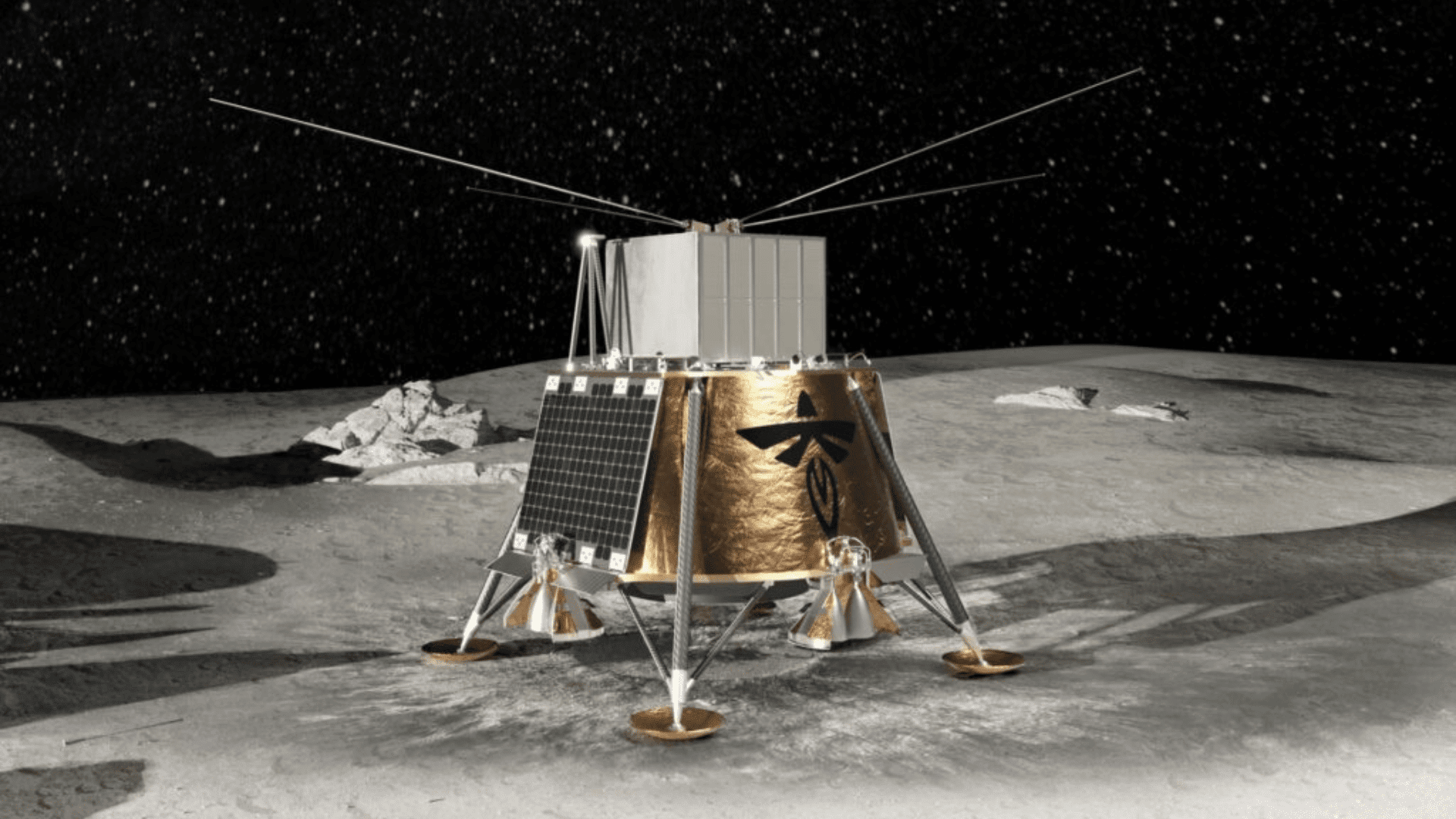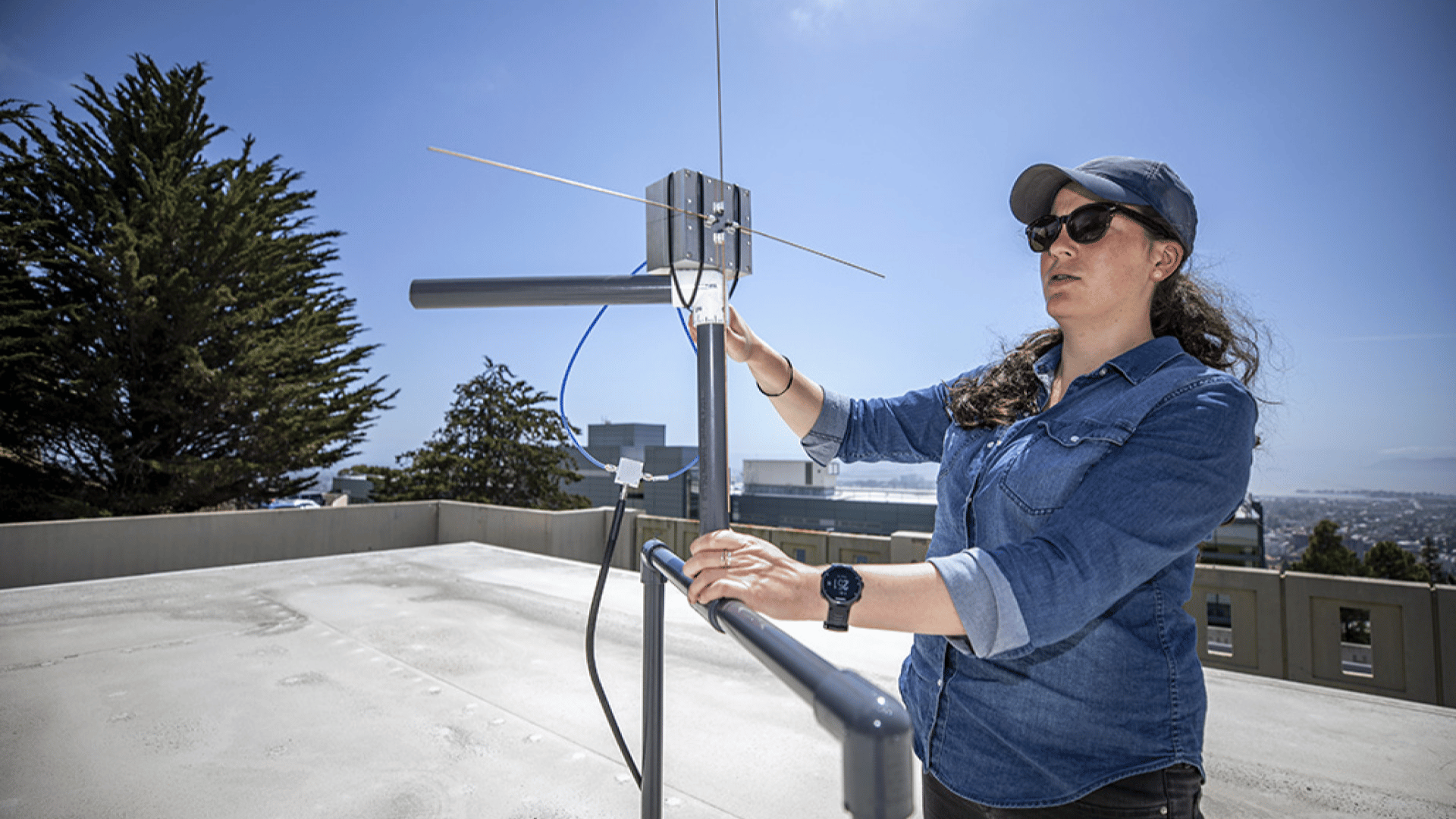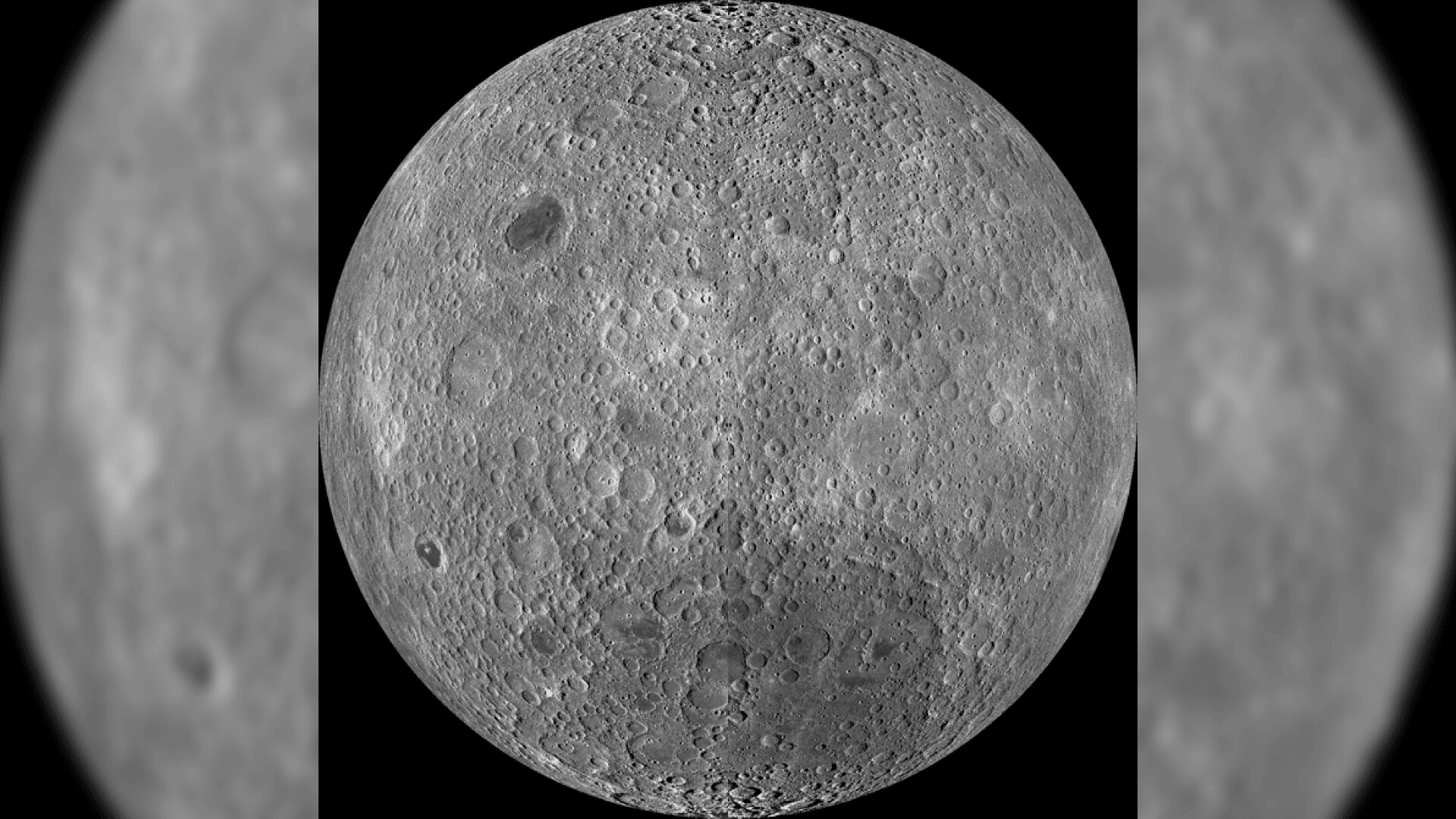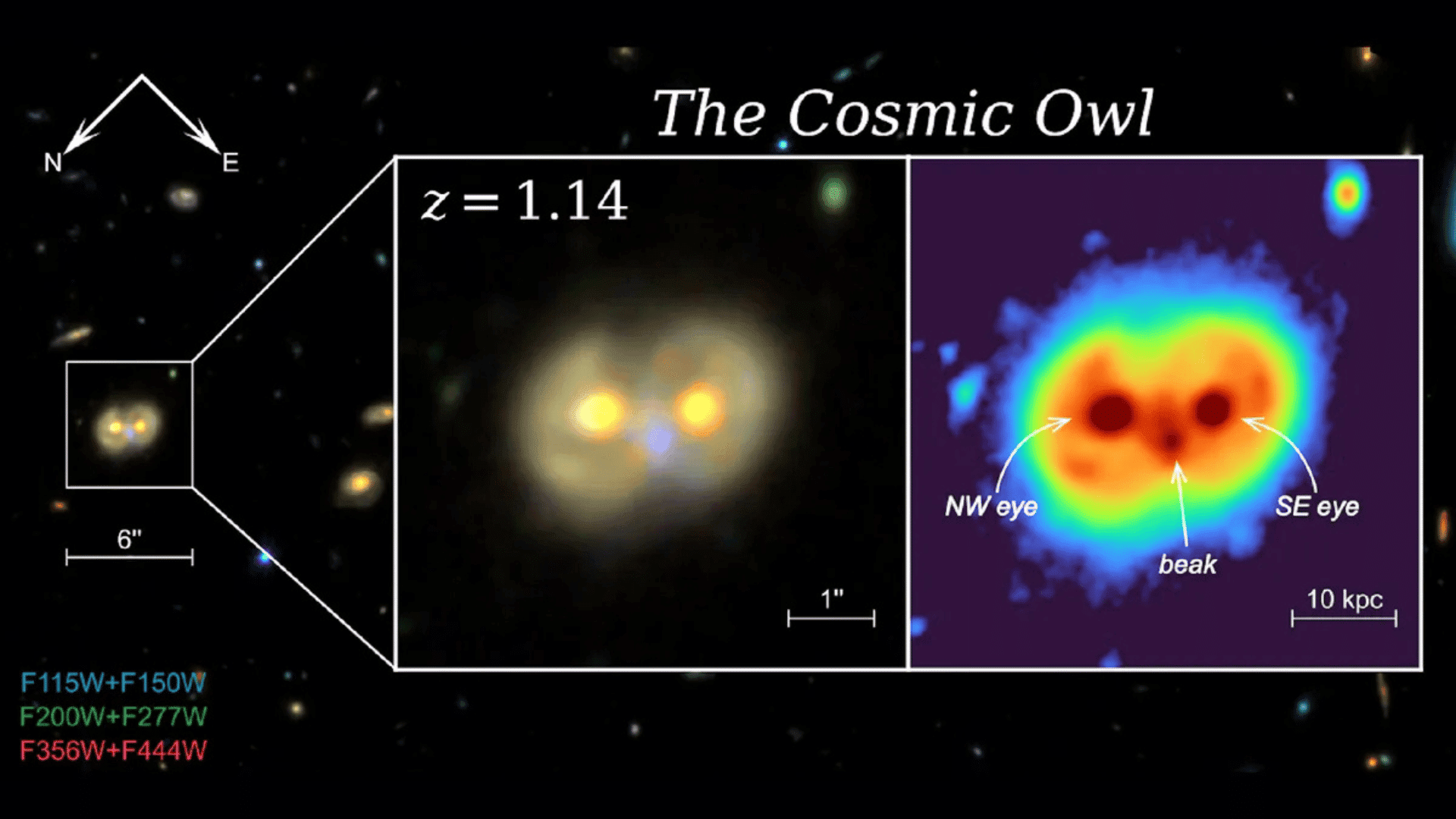Astronomers are currently developing a new and advanced radio telescope. The device will be stationed on the Moon, and it’s designed to probe an unexplored early era of cosmological history called the “Cosmic Dark Ages.”

By 2025, NASA’s Artemis III mission will land the first astronauts on the lunar surface for the first time since the end of the Apollo Era, over fifty years ago. They will be joined by multiple space agencies that will send Canadian, European, Japanese, and astronauts of other nationalities to the lunar surface. Establishing facilities on the Moon, including the Artemis Base Camp and International Lunar Research Station, will enable a new manner of scientific research.
One upcoming pathfinder project called the Lunar Surface Electromagnetics Experiment-Night will focus on radio astronomy. This tool is sensitive enough to detect light from previously unexplored cosmological periods and will be stationed on the far side of the Moon.
Astronomers have previously been unable to study one of the earliest periods in cosmic evolution known as the “Dark Ages” of the universe. This refers to a period approximately 380,000 years after the Big Bang, during which the universe was filled with a neutral hydrogen that began the development of the first stars and galaxies.

The first stars (Population III) formed into galaxies over time and their radiation gradually ionized the neutral hydrogen. This led to a period known as “Cosmic Dawn”, roughly one billion years after the Big Bang. During this time, the universe became transparent to light, which means it was also visible to our instruments today.
Scientists and researchers have long since wanted to see how the first stars and galaxies formed during the Dark Ages, which would allow them to track the evolution of cosmic structures. The only sources of light during this time, however, were the relic radiation left over from the Big Bang.
That relic radiation is visible today as the Cosmic Microwave Background (CMB) and photos released as the first neural hydrogen atoms formed and settled into stable states. It’s visible to us as the spectral line created by a change in the energy state of neutral hydrogen, alternatively known as a “hydrogen line”.

The hydrogen line can’t be measured from Earth because the Earth’s atmosphere absorbs, refracts, and reflects the radio signals before ground-based instruments can detect them. Additionally, some of the Earth’s terrestrial sources such as broadcast towers, electronic devices, and communication satellites serve to further block the radio signals.
The Moon, however, blocks out radio waves coming from the Earth and the far side of the Moon is “radio quiet” or free of interference from terrestrial sources. This could potentially allow the radio antennas to detect radiation from this ancient time period. This may work particularly well during lunar nights (a two-week period) as radio waves from the sun wouldn’t cause interference during this time.
To collect the radio waves, LuSEE-Night will use two pairs of antennas that measure 20 ft from tip to tip. The antennas will be tuned to detect radio frequencies ranging from 0.5 to 50 megahertz.
The Berkley Lab team is also building a turntable that will periodically rotate the antennas to correct for radio noise from other planets, galaxies, and variations caused by lunar regolith beneath the experiment. Data transmission from the instrument to the ground team will be acquired via relay satellites positioned in lunar orbit.
Kaja Rotermund, a postdoctoral researcher at Berkeley Lab working on the antenna, said in a recent Berkeley Lab press release:
“If you’re on the far side of the Moon, you have a pristine, radio-quiet environment from which you can try to detect this signal from the Dark Ages. LuSEE-Night is a mission showing whether we can make these kinds of observations from a location that we’ve never been in, and also for a frequency range that we’ve never been able to observe.”
The LuSEE-Night project is a collaboration between NASA and the Department of Energy, along with other institutes, and is scheduled to launch for the Moon by 2025.







